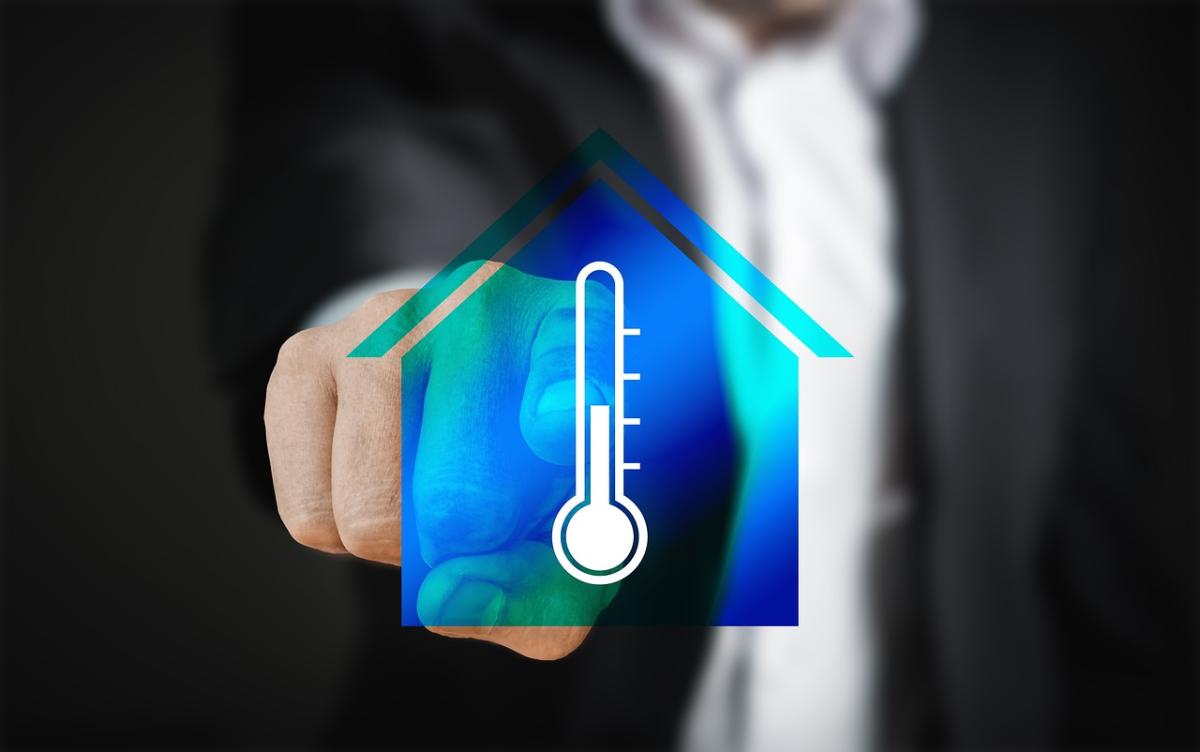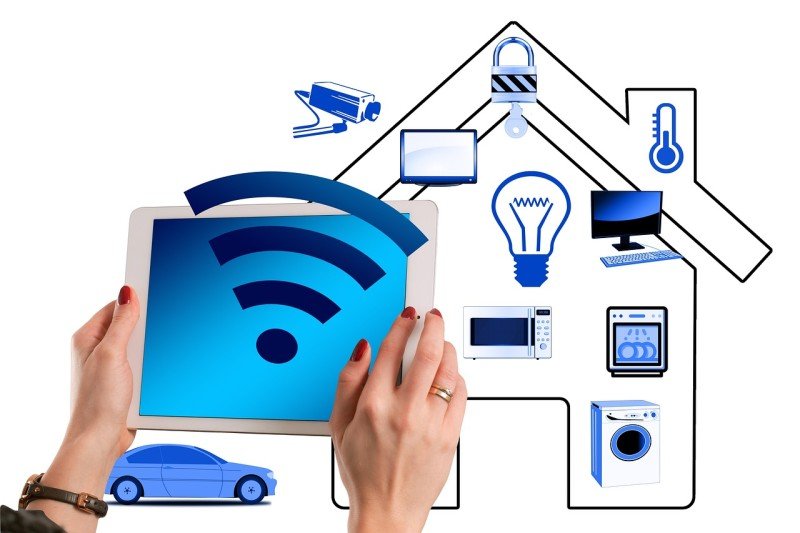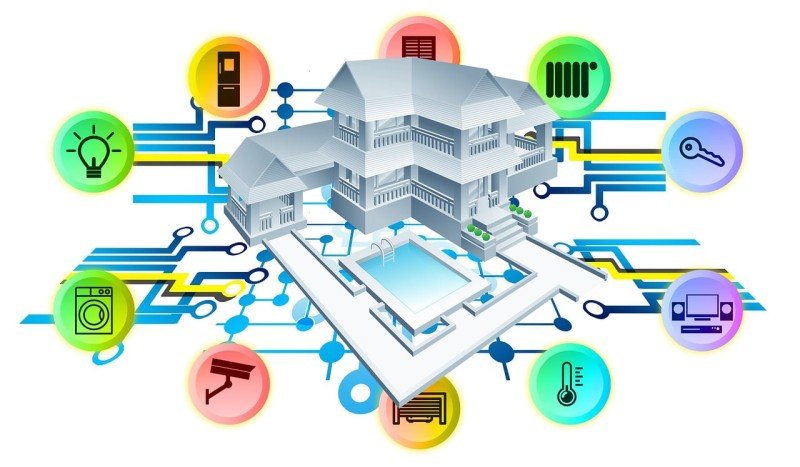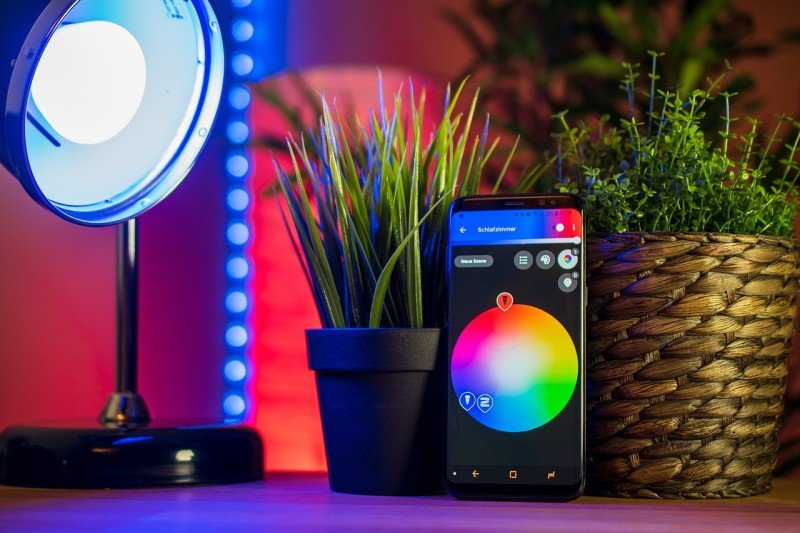Home automation might sound a bit intimidating, but it’s really just about making your home work for you. Imagine controlling your lights, thermostat, and even your coffee maker right from your phone or with your voice. Getting started is easier than you think!
First things first: decide what you want to automate. Do you want to focus on security, convenience, or energy efficiency? Popular options to consider include:
Once you have an idea of what you want, it’s time to choose a smart home platform. Popular options include Google Home, Amazon Alexa, and Apple HomeKit. Each has its own strengths, so picking one that fits your lifestyle and other tech at home is key.
And don't forget about compatibility. Make sure your devices can connect to your chosen platform. Most products will say on the packaging or the website if they’re compatible. It’ll save you a lot of headaches down the road!
Choose the Right Devices for You
Starting your home automation journey requires making some choices about the devices that will best fit your lifestyle. With so many options out there, it can feel overwhelming. Don't worry, I'm here to help you break it down!
First things first, think about what you want to automate. Are you looking to control your lights, thermostat, security cameras, or perhaps all of them? Here’s a quick list of popular categories:
Once you have a category in mind, try to consider compatibility. If you already own some smart devices, like a speaker or a hub, make sure any new gadgets you buy will work well with what you’ve got. It's always a good idea to pick brands that play nice together.
Lastly, think about your budget. Home automation can range from budget-friendly options to high-end solutions. Start small if you want! Pick one or two devices that seem most useful to you and build from there. You can always add more gadgets down the road as you get more comfortable with the tech.
Make Your Home Smart and Simple
Feeling like your home could use a sprinkle of tech magic? Making your home smart and simple doesn’t need to be overwhelming. With just a few tools, you can add convenience, comfort, and efficiency to your everyday life. Imagine controlling your lights, thermostat, and even your coffee maker – all from your phone or with your voice!
Start with the basics. Smart speakers, like the Amazon Echo or Google Nest, are great for beginners. Not only do they play music and answer questions, but they also act as a hub for other smart devices. From there, you can explore smart bulbs that adjust brightness or color right from an app or your voice. It’s an easy way to set the mood in any room!
Next up, consider smart plugs. These little gadgets turn any appliance into a smart one. Want to schedule your lamp to turn on at sunset? Or control your heater from the couch? Smart plugs make it all possible. Plus, they can save you money by reminding you to unplug devices when they're not being used.
Security is another essential part of home automation. Smart cameras and doorbells let you keep an eye on your home from anywhere. You can see who's at your door, receive alerts if something's amiss, and even chat with visitors via an app. Peace of mind has never been so easy!
Dive into the world of home automation with these simple steps, and you’ll soon enjoy a smarter, more connected home. It’s all about making your life easier and adding a bit of cool tech into your daily routine.
Tips for Easy Home Automation Setup
Starting your home automation journey doesn’t have to be overwhelming. Here are some simple tips to make the setup process easier and more enjoyable.
First things first, think about what you really want to automate. Is it the lights, climate control, security, or something else? It's helpful to create a list of your needs and prioritize them. This way, you'll tackle the most important features first, making your setup smoother.
Next, make sure you choose products that work well together. Compatibility is key. Look for devices that use common standards like Zigbee or Z-Wave, or stick with a specific ecosystem like Google Home or Amazon Alexa. This saves you from headaches down the line when trying to connect everything.
Don't forget about ease of use! Many smart devices are designed to be user-friendly, but reading reviews can help you find ones that are a breeze to set up. Most products come with clear instructions, so follow them closely for the best results.
And lastly, take your time! Rome wasn't built in a day, and neither will your smart home. Start small, enjoy the process, and gradually expand as you get comfortable. You’ll be amazed at how much you can do with just a few devices!



